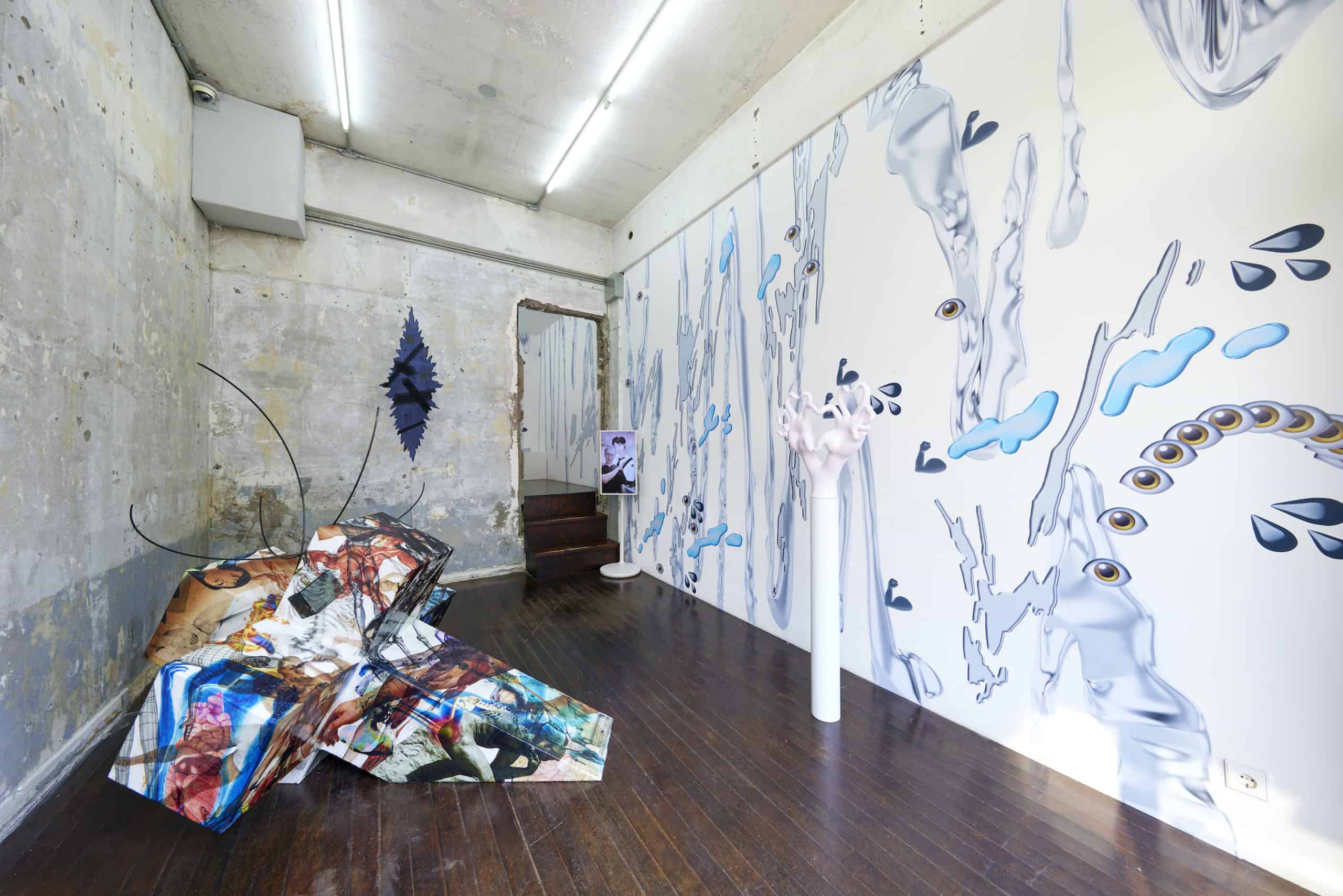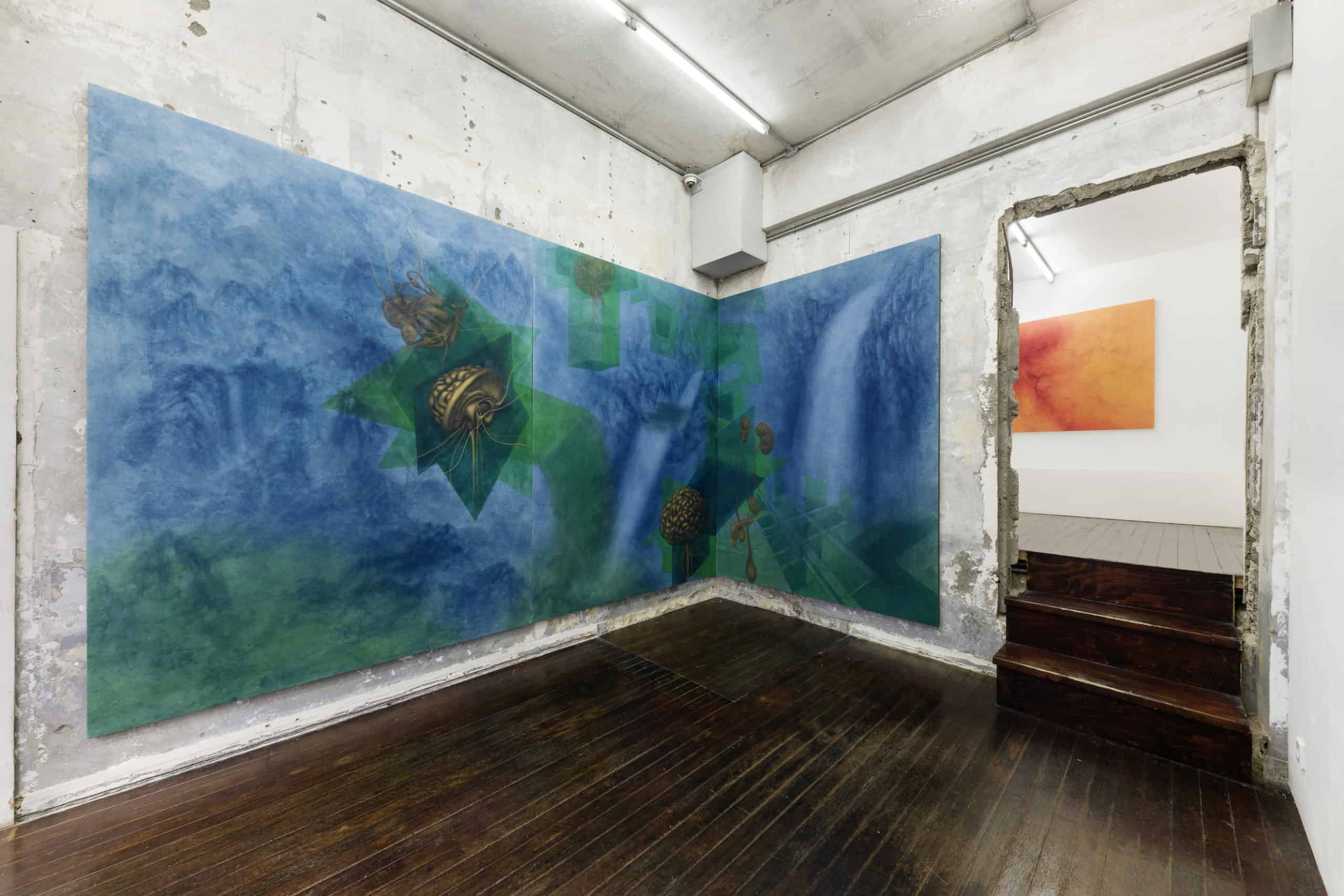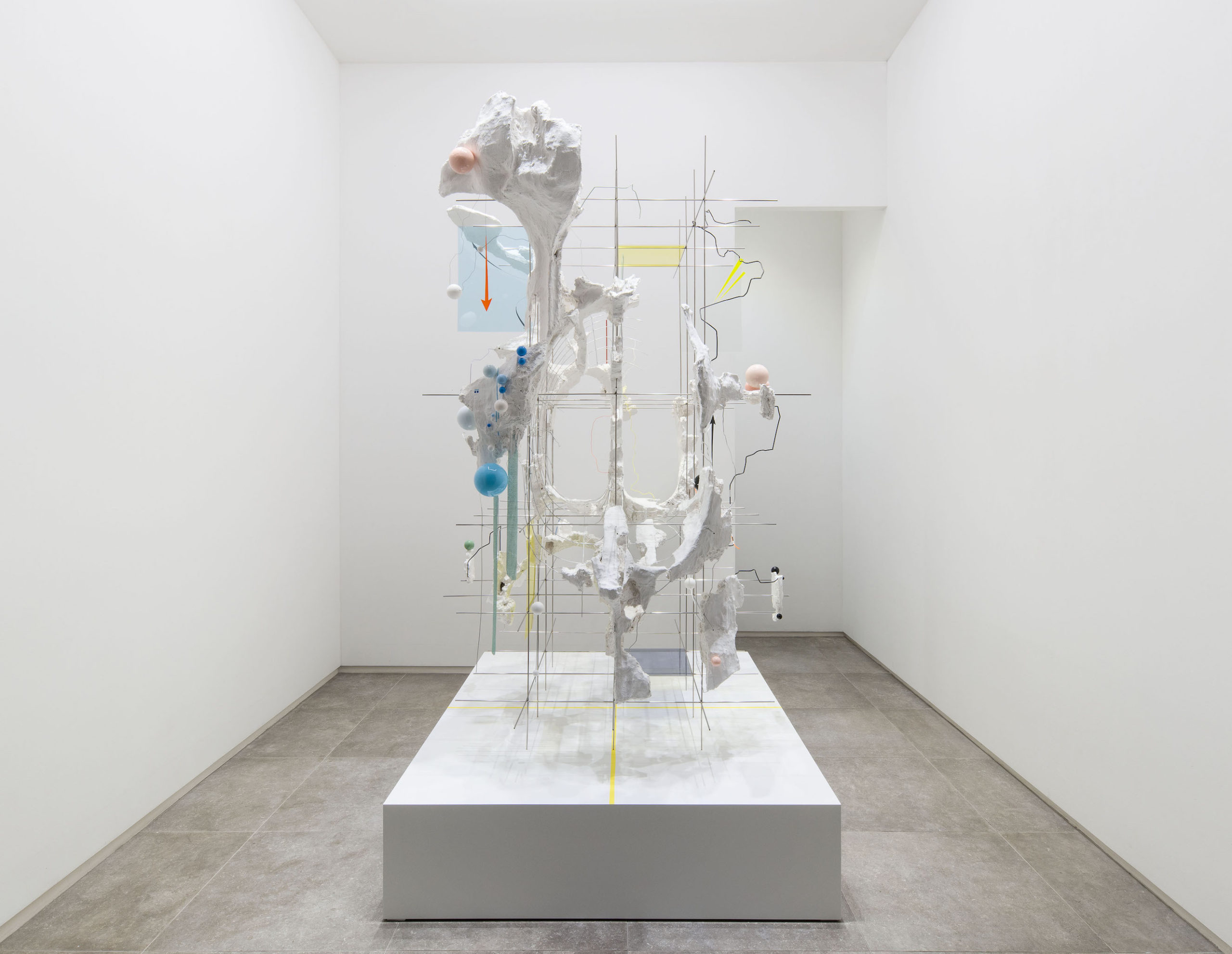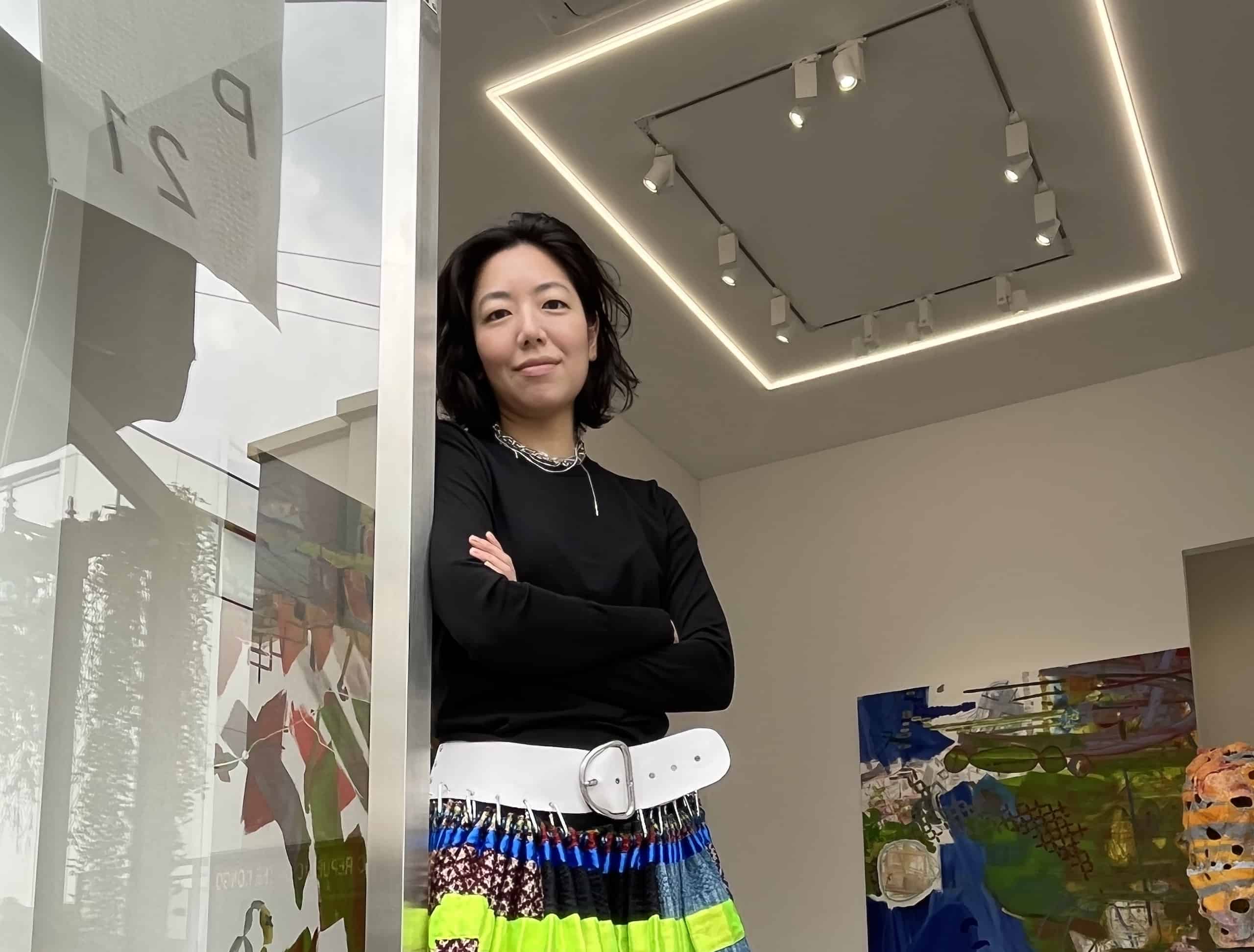Since 2017, P21 has garnered recognition as one of Seoul’s most exciting and influential young galleries. For the past five years, P21 founder Soo Choi has nurtured the careers of emerging artists like Haneyl Choi while also representing established figures such as Lee Hyungkoo and Choi Jeonghwa. In this interview, Ms. Choi discusses her gallery’s genesis, its position within the Seoul art scene, her perspective on the Korean art market and what the future may hold for P21.
Interviewer: Valentina Buzzi
Seoul Art Friend: Before we talk about P21, could you talk a bit about your background? Where does your interest in art come from, how did it develop over time, and what led you to open P21?
Soo Choi: I grew up in a very art-centric environment. My mom had her own gallery, my father was an artist and art professor, and even my older sister went to art school. Because of that, initially I didn’t want to be a cliché so I went for my BA in business, and then naturally assumed that I would help my mother with her gallery, which I started doing right after college. It was around the time of the economic crisis in 2008, so it was a very tough time. From the very beginning, I had to start from scratch as I learned how to manage an art dealing business. My mother’s gallery had already been around for decades—it was a first-generation Korean contemporary gallery—so to make it work more sustainably and systematically, I had to develop a new model for myself.
SAF: What did that entail and how did the lessons that you learned through this experience inform your decision to set out on your own and open P21?
SC: Everything, from accounting to art handling, sales, promotion, artist liaison… It wasn’t easy, of course, and certainly not built in one day, but I think that having to learn and practice every aspect of the business has become my biggest strength. Eventually, I wanted to do things more properly and professionally by following my own eye and inclination, as well as doing more international programming and developing broader public engagement. I thus started building up my experience globally, and in 2017 I finally decided to become independent and establish my own program with P21. I think it was also the right time to do so, since the Korean art ecosystem was beginning to expand more rapidly, but I consider myself lucky enough to be one of the first to ride this new wave.

SAF: What was your initial vision for P21 when you started out in 2017?
SC: At first, I didn’t have particularly ambitious plans. I just wanted to open a small-scale space that I could manage by myself without requiring significant capital, but it all came together very quickly and I soon established P21 a proper gallery. At the time, my space was one of the very few “new generation” galleries in Seoul, which helped to attract attention very quickly, followed by new opportunities and new artists to work with. As P21 became a fully-functioning gallery with a regular program, I also developed a sense of obligation and responsibility for the artists that I have worked with since the very beginning. I have mostly worked with Korean artists up to this point, and I feel that P21 offers a proper representation of Korean art.
SAF: Looking back on the past five years, what have been the primary drivers of growth and indicators of success in your business thus far?
SC: It is important, from the very beginning, to try to work out a long-term vision for your space/gallery to be sustainable. And perhaps it’s a matter of trial and error, but it’s something to always have in mind. It’s a question that, to be honest, I am still trying to solve. Furthermore, I think it is very important to have an in-depth understanding of the market. The Korean market has been very profitable lately, but just because there might be hype doesn’t necessarily mean that the domestic market for emerging artists is growing. When you work with young and emerging artists, it is a very long process and you always have to pay attention to many different factors, as well as to the environment and ecosystem in which you’re working.

SAF: How would you describe your overall approach with P21, compared to the Korean art environment?
SC: I would say that my space appears more non-commercial than most, and I think that a lot of artists and young audiences confuse my program as being non-commercial. However, my goals are long-term. As I develop the gallery with my own resources, as I want to offer the artists I work with the possibility to experiment and create in ways that they might not otherwise be able to. I also see them as partners with corresponding long-term visions and objectives through which we can grow together—and this also includes sales, of course. P21 is still a work in progress, but I have set myself on that trajectory and I continue to work hard in pursuing this goal. I was very lucky to also participate in international fairs like Art Basel Hong Kong—and now Frieze Seoul and Art Basel Miami Beach—even though the gallery is still in a relatively young stage. These are very good steps, but the big art fairs are difficult to manage for small galleries, due to the significant investment required.
"It’s fundamentally important to have my own vision aligned with that of the artists I work with, as well as having a mutual understanding of where we want to go and what we want to achieve. And this is not always so easy."
SAF: Having participated in such major art fairs, what are your thoughts regarding the feasibility for small galleries to do so?
SC: Honestly, it’s very difficult. Financially speaking, it is hard to make it sustainable, especially as the gallery presents emerging artists—even if we sell everything, we still end up losing money. On the other hand, I find it an important and challenging experience. Having already engaged in more art fairs than I expected, as I receive invitations to participate for others in the future, I think it is important to build up a vision for P21 and while managing my own expectations as well as those of our artists. It’s fundamentally important to have my own vision aligned with that of the artists I work with, as well as having a mutual understanding of where we want to go and what we want to achieve. And this is not always so easy. But the arrival of Frieze Seoul will help the local Korean art ecosystem improve very quickly. I believe this event will have a positive impact in terms of bridging toward international standards in local gallery operations as well as their overall direction. As long as the market can remain at a healthy level, this shift will be very beneficial to the local community.

SAF: With Seoul becoming a more pivotal city in the global art market, what do you consider to be the advantages and disadvantages of running a gallery in Korea?
SC: I think that from a gallery-owner perspective, the biggest advantage is having no VAT on artworks [laughs]. And being Korean myself, working with Korean artists and having a space located in Seoul at this moment feels very exciting, but also very challenging. Among the downsides, it is very difficult to secure the proper resources, find spaces suitable for gallery purposes, and recruit well-trained, specialized professionals. Additionally, with more galleries—both domestic and international—establishing themselves locally, I think that thriving within this ecosystem might be one of the biggest challenges, especially when you work with mediums and artists that are perhaps not the easiest to sell. Korean buyers prefer established names and very few people take risks to make their own decisions based solely on taste, often relying on auction results as well as the opinions and approval of others.
SAF: What are your future plans for P21?
SC: I see so many important contemporary artists who don’t necessarily get the same recognition overseas, and from the beginning I wanted to select artists who are—and who would be—important in Korean contemporary art history, who are the front-runners of their respective generations. I want to move forward in that direction and to have a balanced program that includes a mix of emerging, mid-career and established artists, irrespective of genre. What I can offer at P21 is a new direction that these artists have never tried before. This is what I have done since the very beginning: investing and working in more experimental ways, featuring many installation-based and site-specific exhibitions, and supporting each artist to help them realize their vision. I always knew that this might not be the smartest plan, commercially speaking, but I think that any ambitious gallery starts this way. Some may call it being overly idealistic, but this is how I started establishing my program and solidifying my position with each artist that I work with as I continue to develop long-term relationships.
For more information, visit P21 online or in-person at 74 Hoenamu-ro, Yongsan-gu, Seoul.
